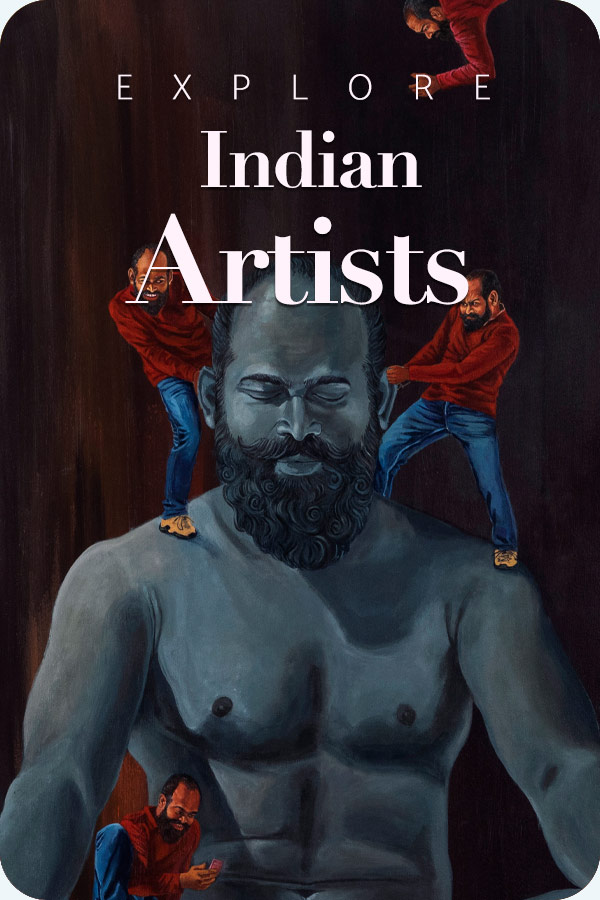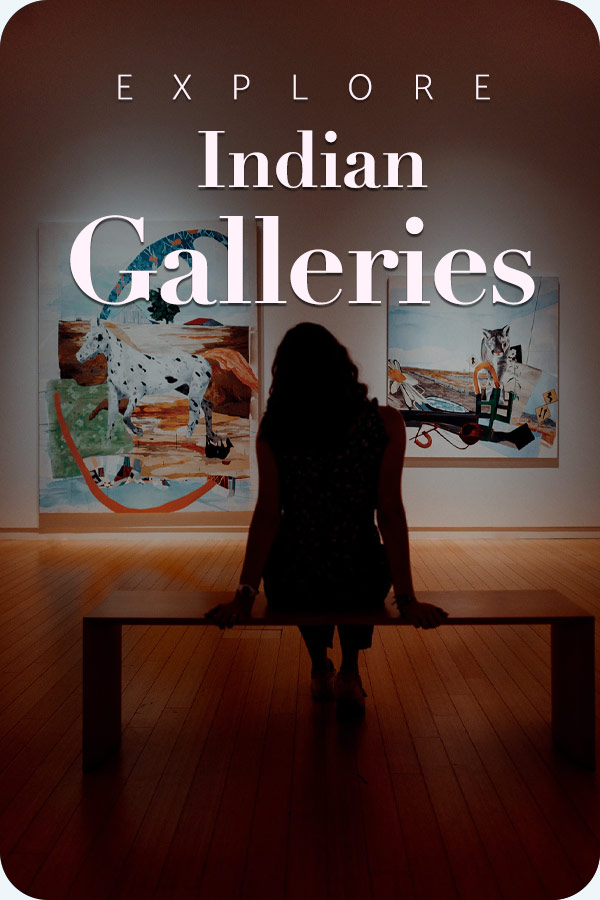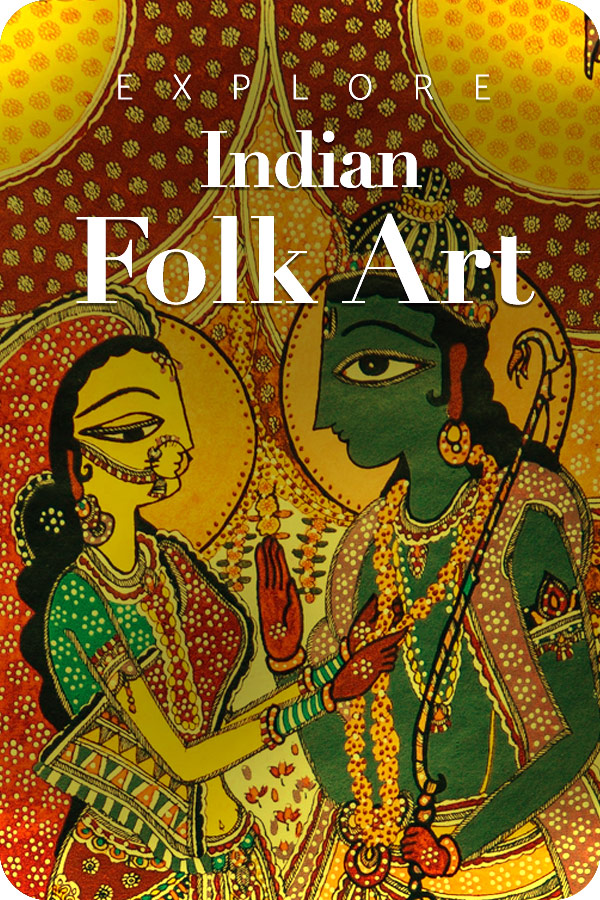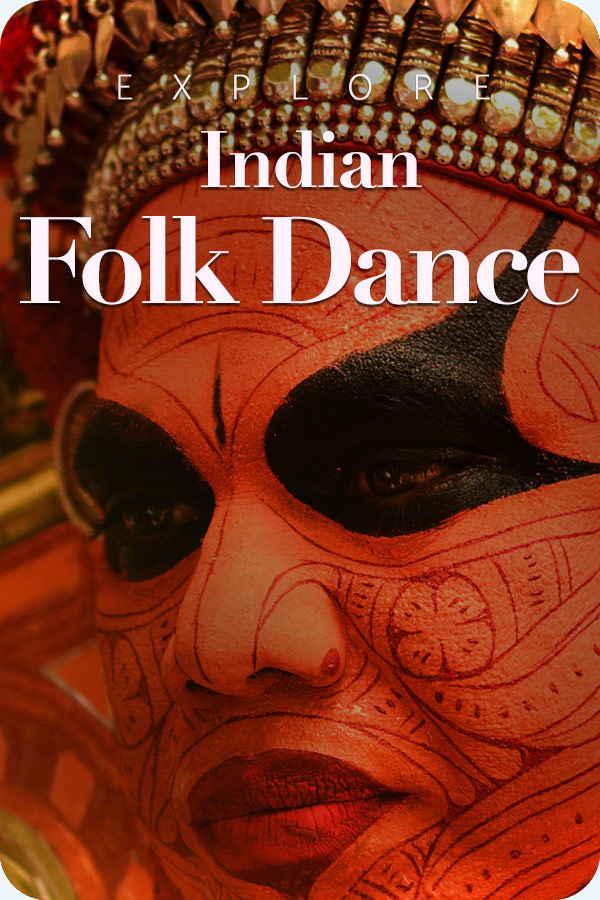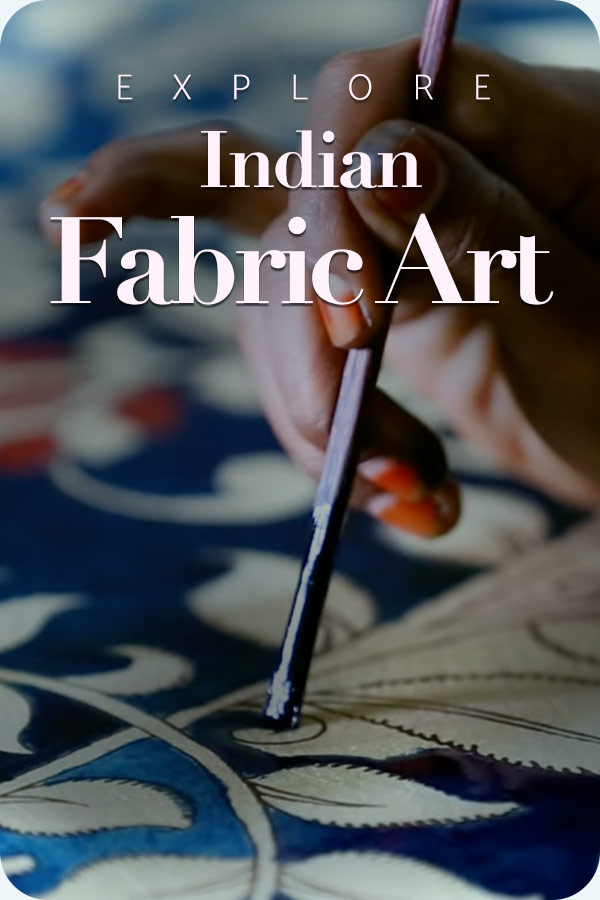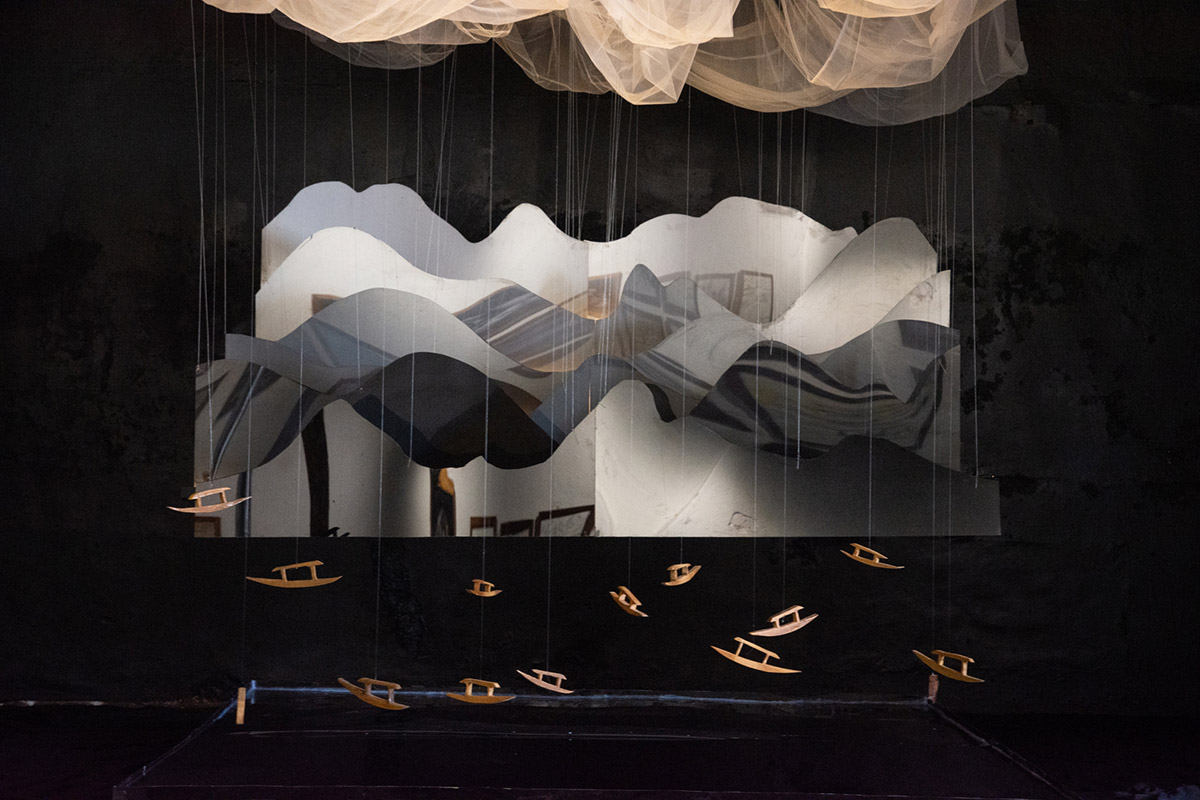
The Kochi Biennale Foundation (KBF) has announced the roster of co-curators and collectives who will lead the Students’ Biennale 2025–26, a flagship educational programme that brings together emerging artists from state-funded art colleges with curators, mentors, and peer networks. The Students’ Biennale, which concentrates on learning from practice, collaboration, and alternatives to market-oriented approaches, will open on 13 December 2025, running in parallel with the sixth Kochi-Muziris Biennale.
Curators, Geography & Mentorship Model
This edition revolves around seven regions: teams of co-curators and collectives will engage directly with students from 150+ institutions, conducting workshops, shortlisting participants, and initiating and coordinating projects in Kochi. The named co-curators include Savyasachi, Anju, Prabir and Sukanya Deb for the north and west; Dr. Sudheesh Kottembram and Dr. Seethal CP for the south; Chinar Shah and Ashok Vish for the south-west; Kursheed Ahmed and Salman Basheer Baba for the mountain states; the artists-collective Gabba (Ritushree Mondal, Himangshu Sarma, Rabiul Khan and Surajit Mudi) for the eastern belt; Anga Art Collective for the seven north-eastern states and Sikkim; and Secular Art Collective (Salik Ansari, Bhushan Bhombale, Shamim Khan and Shamooda Amrelia) for central and western India. The Kochi Biennale Foundation mentions that the model is intended to have sustained, peer-to-peer conversations rather than one-off selection panels.
Sixth Kochi-Muziris Biennale
View this post on Instagram
The Students’ Biennale will run parallel to the sixth Kochi-Muziris Biennale (KMB), christened as ‘For the Time Being’, which will be inaugurated on 12 December 2025 and shall run till 31 March 2026. The larger biennale this year is curated by Nikhil Chopra with HH Art Spaces and puts forward a detailed programme of exhibitions, performances, residencies, and educational events; recent coverage indicates a queue of international artists and a programme that stresses process, networks, and on-site work.
What Organisers Say?
Mario D’Souza, Director of Programmes at KBF, oriented the Students’ Biennale as a collaborative learning exercise: “Each edition of the Students’ Biennale is a learning exercise. We work with students, educators, curators, and artists to understand the needs and shortcomings of art education in India.” He added that this edition focuses on “other forms of nourishing practice” outside market and grant economies. For example, artist-run initiatives, residency models, collective practices, teaching, and self-publishing to build an well knit artist-to-artist network that responds to the present.
| Scheduled Events | Details |
|---|---|
| Students’ Biennale Opening | 13 December 2025 (runs alongside Kochi-Muziris Biennale). |
| Kochi-Muziris Biennale Dates | 12 December 2025 – 31 March 2026; 6th edition titled For the Time Being. |
| Number of Colleges / Institutions | Over 150 state-funded art colleges participating across seven regions. |
| Regional Co-Curator Teams | Includes Savyasachi, Anju, Prabir, Gabba Collective, Anga Art Collective, and others. |
| Media Contact | Akhilesh V K, Media Executive, MD Niche — 9895129611 (press release). |
Education, Access & Practice
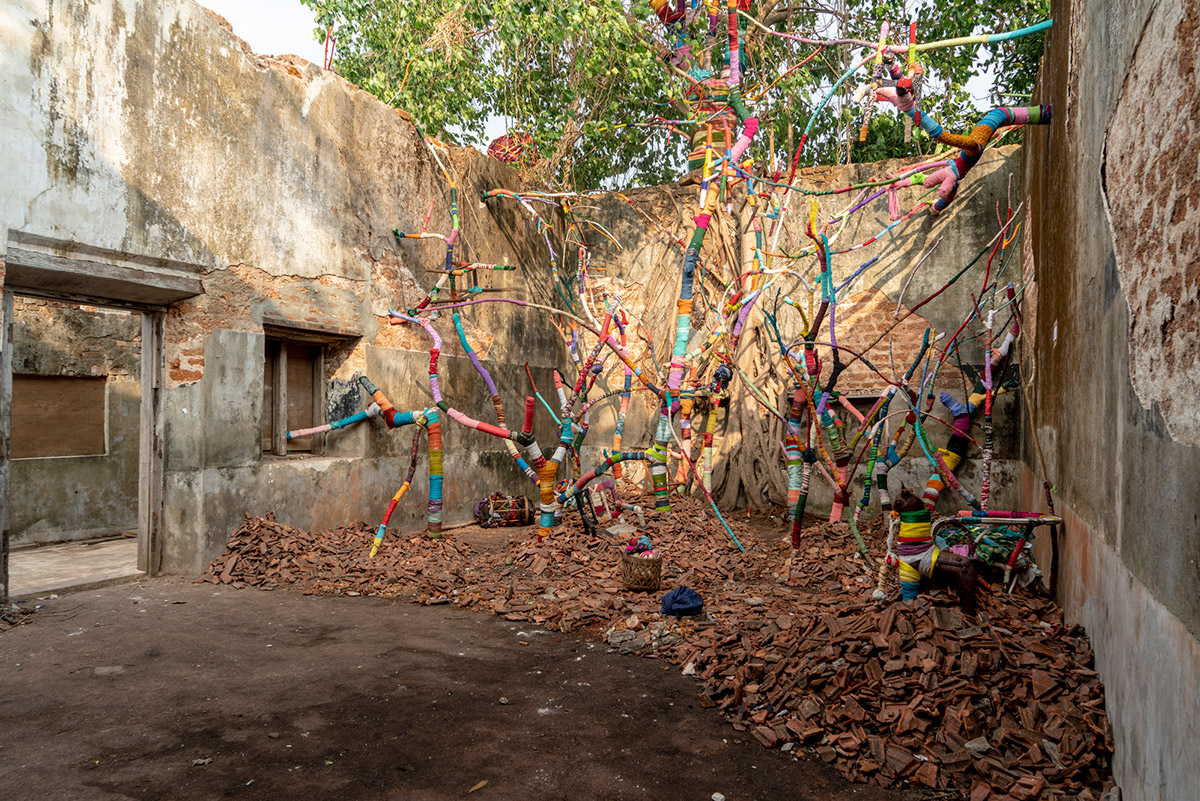
The Students’ Biennale has turned out to be one of the few large-scale initiatives in India that explicitly links art training to varied modes of artistic practice. By partnering with state-funded colleges, they are deploying a decentralised curation model. KBF aims to acknowledge voices outside the peripheries of metropolitan nexuses and to give students both a public platform and curatorial mentorship. The emphasis on peer networks, residencies, and artist-run frameworks signals an attempt to bridge classroom learning with the live activity-based learning, contemporary artistic work.
Access & Practice
The Students’ Biennale has become one of the few large-scale initiatives in India that explicitly links formal art training to alternative modes of artistic practice. By partnering with state-funded colleges and deploying a decentralised curation model, KBF aims to surface voices outside established metropolitan circuits and to give students both a public platform and curatorial mentorship. The emphasis on peer networks, residencies, and artist-run frameworks signals an attempt to bridge classroom learning with the lived, often precarious, economies of contemporary artistic work.
Key highlights
- Students’ Biennale exhibition opens on 13 December 2025, concurrent with KMB.
- Over 150 state-funded art colleges to participate across seven regions.
- Regional teams include individual curators and collectives (Gabba, Anga Art Collective, Secular Art Collective, among them).
- The sixth Kochi-Muziris Biennale (For the Time Being) is curated by Nikhil Chopra with HH Art Spaces and runs 12 Dec 2025 – 31 Mar 2026.
- Programme focus: alternative pedagogies, artist-to-artist networks, and practice-based learning outside market structures.
- Recent press and listings indicate the KMB 2025 edition will present dozens of international and Indian artists across multiple venues in Fort Kochi and Mattancherry, with expanded programming (talks, residencies, workshops) that the Students’ Biennale will plug into.
Takeaway
The Kochi Biennale Foundation’s Students’ Biennale remains one of India’s most crucial experiments in integrating formal art education to the pragmatic shuffle of artistic life. It will offer young practitioners mentorship, public exposure, and a golden scope to experiment with their ideas within a city-wide ecosystem. That said, unlocking its full potential will require more than high-profile curators and surface-level workshops, but sustained funding for follow-up projects, transparency in selection criteria and procedure, post-biennale support, and accountability. If KBF truly wants to imagine alternatives to market dependency, then this programme must become a long-term success and simply not a biennial moment, for talent, experimentation, and structural change in arts education across India.


